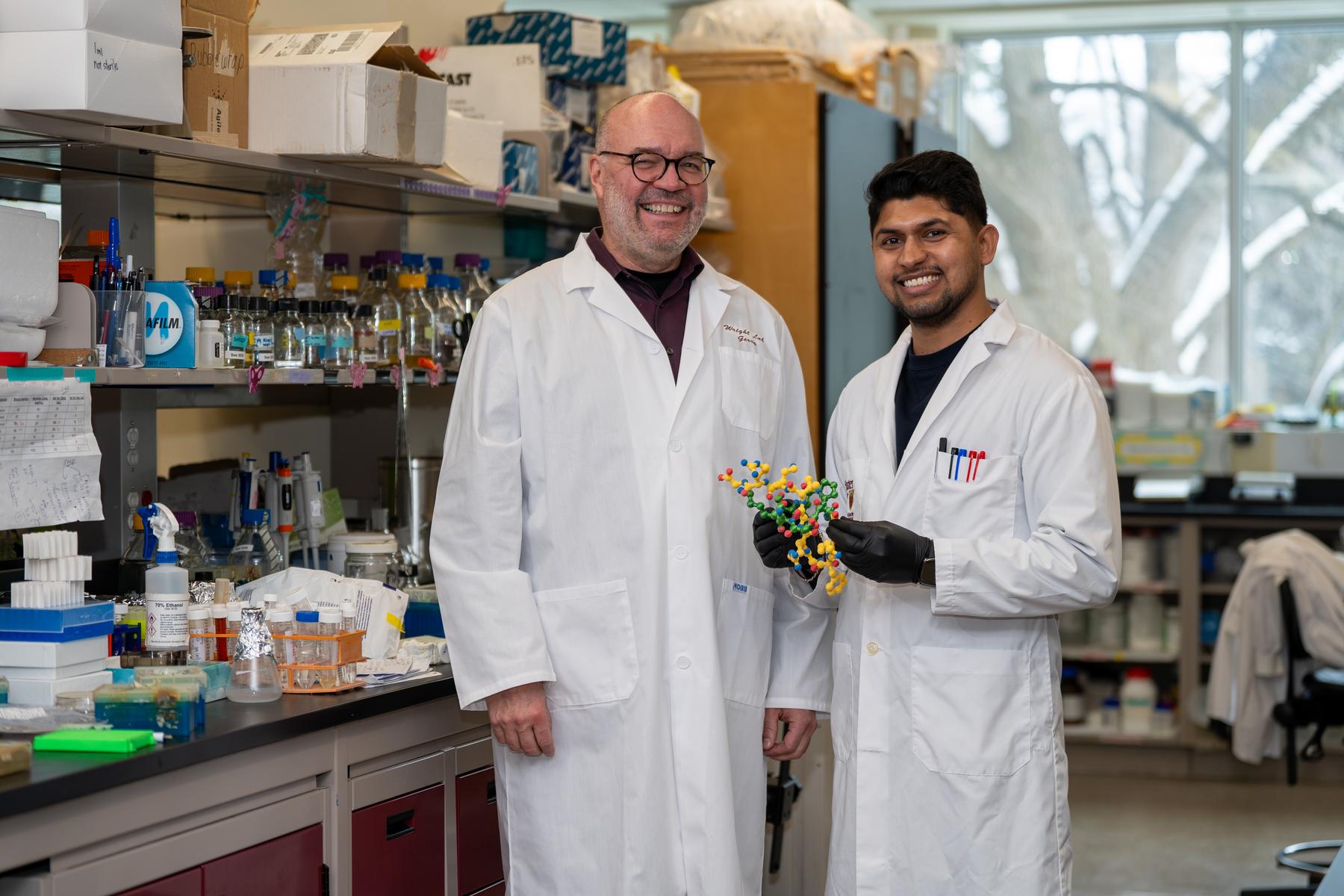New hope in the fight against antibiotic resistance: lasso peptides-diepresse.com

Canadian researchers found a new kind of peptides that fight bacteria against other bacteria. Their effectiveness has already been checked on mice.
The warning is one of the constant cassandrumes of our world’s rich in frightening star: Attention, the antibiotics lose effect! In fact, every use of an antibiotic means an opportunity for the bacteria to kill it. More precisely: for those bacteria that are resistant to the antibiotic due to a random mutation. They survive and spread out. This is how evolution runs. So it happens that the 4.5 million people die annually from antibiotic -resistant infections.
Sounds fatalistic. But there is hope: the organisms that defend themselves against bacteria can also evolve – and develop new antibiotics. When researchers discover them, we – at least for a certain time – have a new effective antibiotic. Biochemist around Gerard Wright (McMaster University, Ontario, Canada) have now discovered one. Even more: a new class of antibiotics, called Lasso peptides.
Antibiotic disturbs the protein synthesis
Peptides are chains from amino acids – like proteins, only shorter. If such a chain forms a ring like a lasso, the Lasso peptide is called. This shape is unlikely to play a role in the effect, but it makes the peptide more stable. In this case, the Lariocidine, about the discovery of Wright and colleagues in « Nature » (26.3). They discovered it in a soil sample. With this peptide, bacteria of the genus Paenibacillus struggle against other bacteria in the ground, its mode of action is efficient: the Lariocidine binds itself to the ribosomes, which are almost the protein factories of a bacterium (and any other cell). So it disturbs its protein synthesis.
« This is a new molecule with a new mode of action, » commented Wright: « A big leap forward for us. » Of course, it was important to check that Lariocidine only attacks the ribosomes of bacteria, not of higher living beings. The effect against acinetobacter baumannii, a « problem germ » in hospitals, has already been checked on mice.
Next, you can already think about how to produce it efficiently. The Paenibacillus bacteria do this by producing a protein first (on their ribosomes, where else), from which a part is split off and shaped into a Lasso, all with the help of special enzymes. It has already succeeded in transferring these enzymes to a light handling bacterium, streptomyces of Lividan. But it will still need a little bit of work to the market maturity. Because, as Wright says: « It is not the primary interest of bacteria to produce medication for us. »







